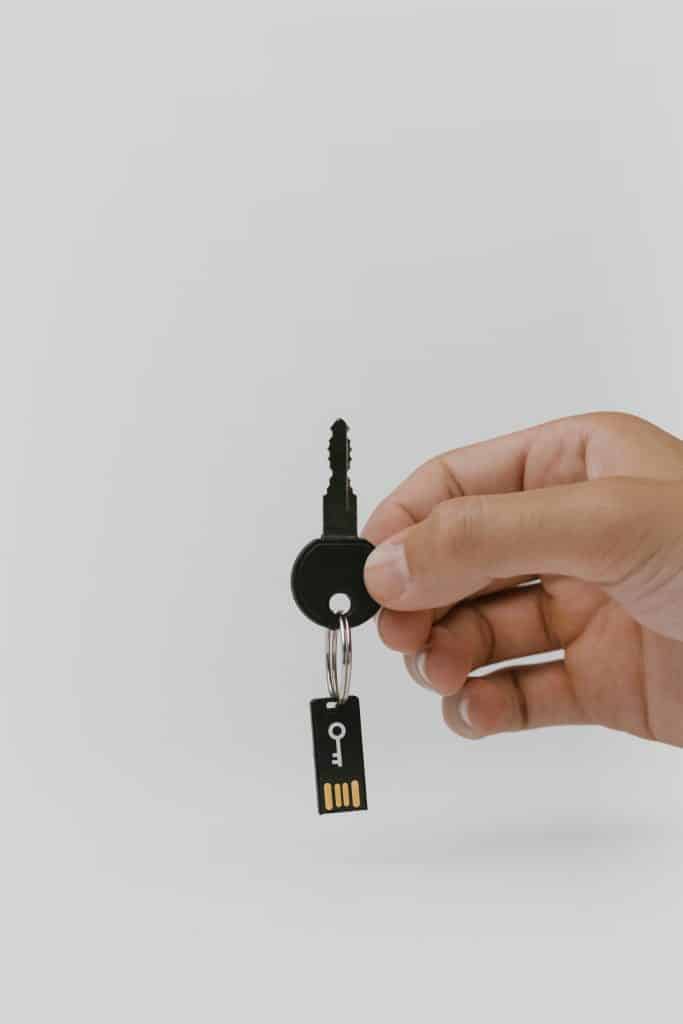Do you know that everyone in the automotive industry can fall victim to cyber threats? The past decade shows a notable increase in automotive cyber incidents. For example, are you aware that from 2018 to 2019 alone, there was a 99% increase in automotive cyber security cases?
Well, with more vehicles connected on the road, cases of cyber threats are now on the rise. So, what happens when hackers have access to your car’s virtual insides?
If your car doesn’t have any internal defensive measures, the hackers can control your vehicle however they choose. They can also alter different functions.
This is why you need powerful automotive cyber security. It helps keep hackers out of your vehicle systems. It also blocks them from causing problems once they get into the car.
With your cybersecurity measures in place, you can comfortably seek other car services that you need. You can get connected to automotive, industrial players like the Honda dealership Brandon and enjoy lifetime warranties.
Most importantly, you get to enjoy the essential car services without panicking. By this, we mean that you can’t fear investing in your car, only for hackers to tamper with it. This is because you’re working with professionals who know their way in the industry.
Indeed, such are the times when we can’t ignore potential damage. All must take charge from consumers to smart mobility service providers and Original Equipment Manufacturer (OEMs).
Our article below will delve deeper into what cybersecurity in the car industry entails. We’ll also look at effective ways to secure connected vehicles from cybersecurity threats. Keep reading to discover more.

What Happens When Your Car isn’t Secured?
Modern vehicles are wired differently. They contain many different automotive IoT devices (dozens of computers) that hackers can access.
You’ll find that it’s the computer that monitors and controls almost every system on your vehicle. This includes the brakes, steering, and even the engine. This is why cybersecurity in cars is a critical concern now more than ever before.
If your vehicle’s computer systems aren’t well protected, hackers can attack your car and steal data. With IoT vulnerability, hackers can also take control of your vehicle. Because of this, consumers, OEMs, and auto companies find automotive cyber security a big concern.
Usually, if a hacker wants to take control of your vehicle, what they first do is find a way to break into your car’s systems. By doing this, they get an opportunity to compromise the electronic control unit (ECU). This is the automotive industry’s term for an automotive IoT device. They go further to find other features that they can interfere with.
Hackers can compromise devices and their data. Let’s take the example of insecure interfaces. Usually, every IoT device processes and communicates data. They require apps, services, and protocols to communicate.
Many IoT vulnerabilities come from insecure interfaces. They are linked to:
- Web
- Application API
- Mobile interfaces
- Cloud
The main issues here include the lack of or inadequate device authentication and authorization. The problem may also involve weak encryption or none.
In such a case, you need the following solutions:
- Device authentication. It allows your car’s access only to the connected devices. It also directs the data it generates only to authorized people and applications. These people must prove that they know the car’s secret.
- Digital certificates. They facilitate data security for digital objects’ (IoT devices, computers, etc.). They also enable secure data transfer to authorized parties.
What’s Cybersecurity in Cars All About?
Automotive cyber security rolls down to three crucial areas as below:
- Car Authentication and Access Control
This concerns the people that have permission to do things in your vehicle and what they’re allowed to access.
- Vehicle Protection from External Attacks
- Protecting your car from malware and unauthorized controls
- Protecting data
- Protecting communications
- Detection & Incident Response
This involves having a multi-layer approach to automotive security. It’s all about detecting and responding to attacks and threats.
It includes mechanisms that:
- Protect internal and external communications
- Use inbuilt intrusion detection and prevention systems
- Facilitate authentication
- Secure system updates
- Secure the operating system
What are the Effective Ways to Secure Connected Vehicles?

There are different ways to create security solutions. The various methods can be integrated into connected vehicles to boost security.
It’s necessary to discover many options for cybersecurity in cars. Remember that one security solution may not be enough. And, this is when other aspects come into play.
So, let’s look at the effective ways that you can use to enhance security for your vehicle. These methods cover all the above three areas of automotive cyber security.
- Incorporating the right solutions. Integrating an embedded firewall that helps in identifying and reporting threats.
- Securing communications. This involves safeguarding external communications to your car. It also includes safeguarding communications within the vehicle itself. Lastly, it entails protecting communication between your car and other vehicles.
- Verifying communications. This concerns knowledge of who is communicating with your vehicle. It also helps block any communication from unauthorized devices.
- Encoding data. This is all about data encryption to enhance privacy.
Implementing vehicle cybersecurity means taking measures to:
- Stop hackers from stealing your data. It can be your GPS location data or even data connected from your smartphone to your car’s Bluetooth speaker.
- Prevent hackers from managing to control your vehicle, for instance, disabling your car’s burglar alarm.
- Make sure that no one can access your vehicle and do damages. For example, they can alter your car’s oil change counter so that you don’t change your oil on time.
Key Takeaways
With the new functions in our vehicles, such as the wireless updates, we can’t get comfortable. We need to understand that increased risks of attacks also accompany the many electronic features in our cars.
This is especially the case when it comes to data transfer between your car and its surroundings.
Indeed, such are the times we should develop a thorough understanding of IoT cybersecurity issues. That’s the only way we can execute the best strategies to alleviate the related risks.
Most importantly, mitigating the risks will help build the confidence we need in the digital transformation processes.
We have discussed significant insights above. Ensure you grasp them to help protect your personal car. Those in the automotive business should also seek to benefit from this information.













Leave a Reply